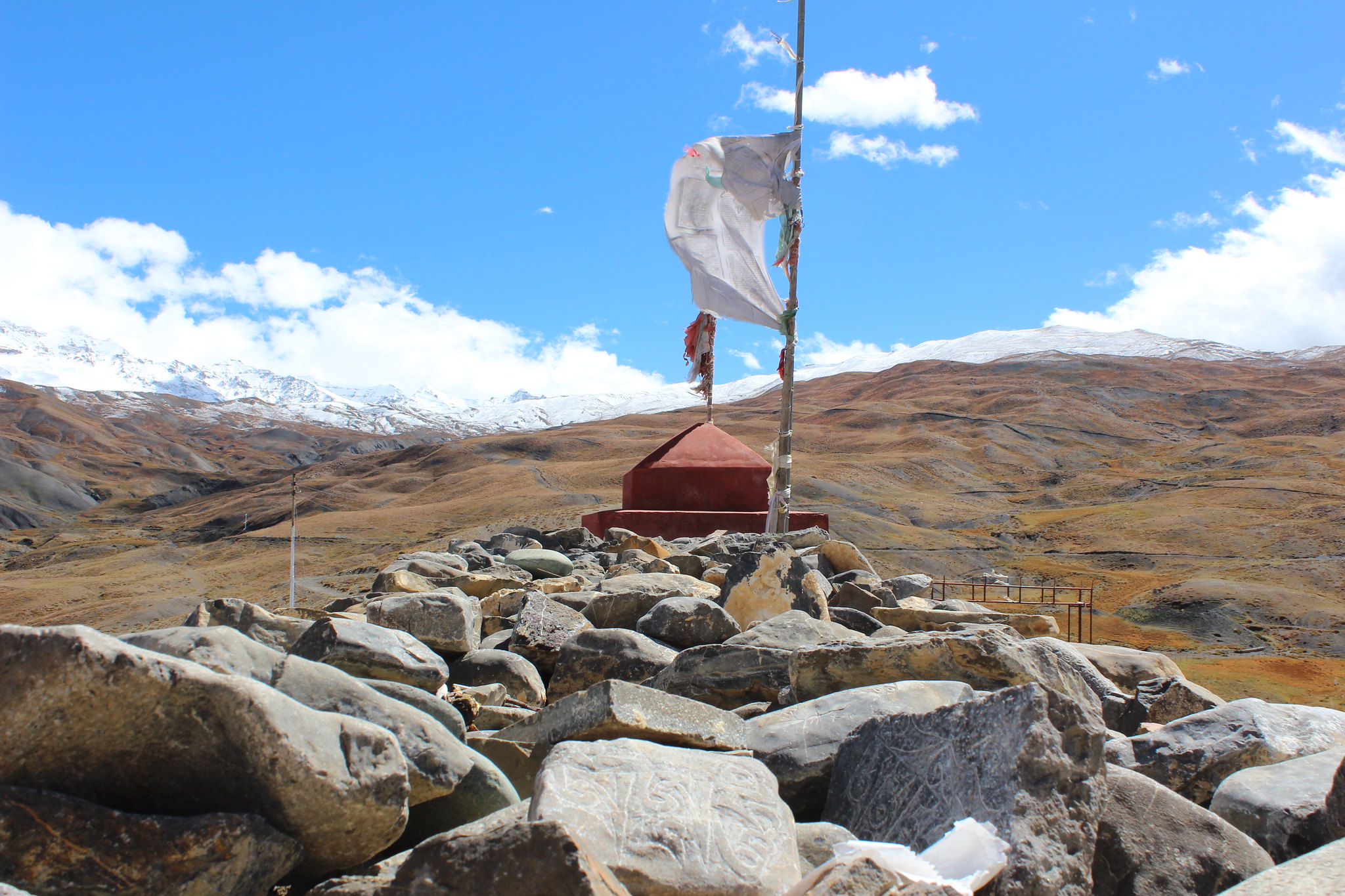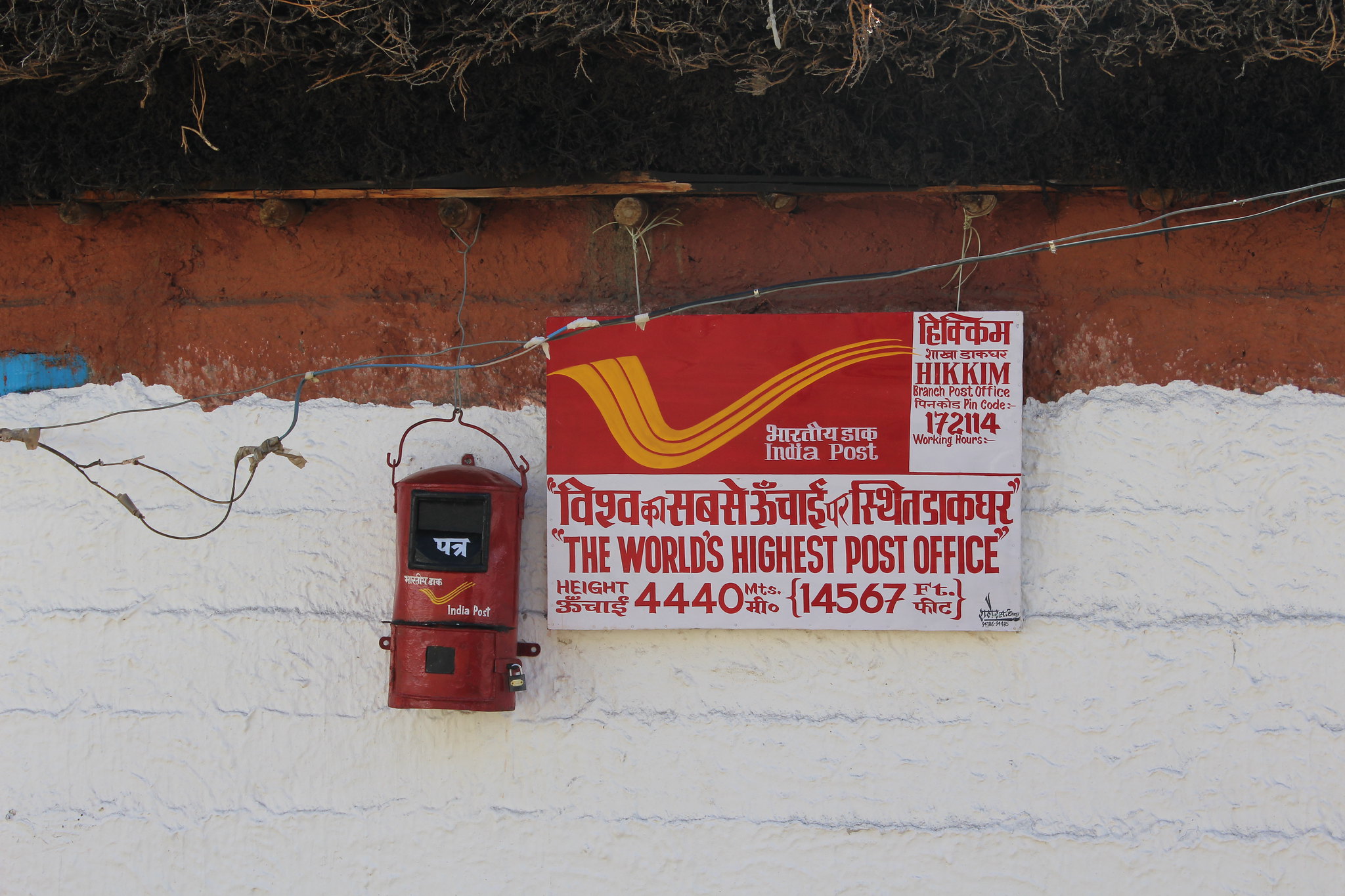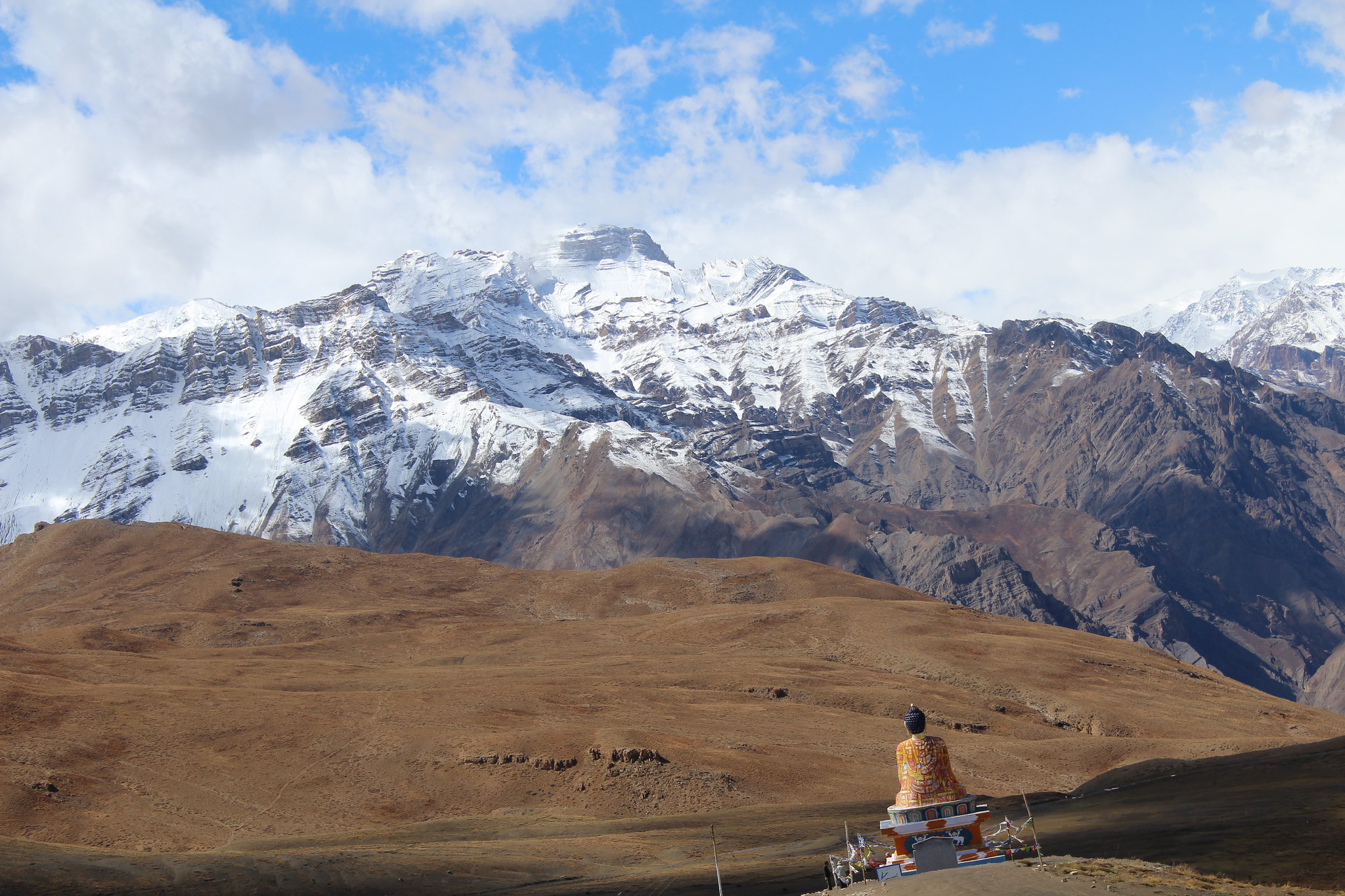|
|
| Buddha statue in Langza village |
In the second part of this series of travelogues on Spiti valley, I said that I will talk more about remembering and experiencing. Normally, we do not separate these two aspects. In his book Thinking Fast and Slow, Daniel Kahneman talks about two selves - experiencing-self and remembering-self. Experiencing-self lives in the moment and remembering-self keeps those moments in the memory. That is what we cherish after a long time. What Kahneman says is that we focus more on remembering than on experiencing. To prove the point he says that we are blind towards the time-integral of happiness or sadness caused by a stimulus. Say, you are moderately happy or sad for a year in one condition. In the second condition, you are extremely happy or sad for a month. It is more probable that five years hence, you will remember the second condition. We humans are too prone to peaks in happiness or sadness. This is the background for the discussion that I intend to take up in this part of the series. If we are to remember only peaks of happiness or sadness why do we want to live a well-settled life which does not contain surprises? The things which we normally call surprises are expected surprises - a contradictory term but yes, that is true. Where should we invest more time and resources - in remembering or in experiencing the moments?
While visiting few villages near Kaza, this struggle between my two selves got worse. When you see those mountains, villages in a valley and a small road disappearing under a hill you become awestruck at once. There is a feeling of being mesmerized. After few days you do not remember all those experiences exactly. You only remember that there was something which was very beautiful but when you try to remember what was it exactly, you are left to find words and memories, searching for those moments. Here comes the question again - if we cannot remember those feelings, should we stop on hill trail and think about the surroundings? People prefer the remembering-self and that might be the reason behind why tourists as soon as reach a place, start clicking pictures without even seeing the place fully. There is a feeling to capture all those moments into some sort of mechanism where it can be taken out of the memory black-hole again, and again. Pictures are one such mechanism. I have assumed that people prefer the remembering-self. At least that is what see around on a trip. That would be a generalization. I leave it up to you to decide on your next trip whether you feed your experiencing-self or remembering-self.
13 kilometers from Kaza, there is a small village - Langza. With a population of around 130, this village is first that one encounters while coming from Kaza. There are two parts of the village - Lower and Upper Langza. Lower Langza is near the fields and is few meters below the road from where you see the village. The Upper langza was closer to the big statue of Buddha. In this village and most of the other that we passed by while coming to Kaza, the outer decoration pattern of the houses would remain same. The houses will be painted white. That white color is somewhat worn out maybe because of six months of snowfall or maybe it was painted a few years ago. At the point where the walls met the roof, there would be a strip painted gold or brown. When you see from a distance a row of similar houses, you can wonder about their coherence to a tradition. The Buddha statue was considered to be hundreds of year old by the villagers. The location of the statue was good. It was placed there overlooking the village, then farms, then roads and then the tall mountains of Spiti village. On the internet, I found that Langza village is famous for marine fossils which are found in abundance here. I did know this when I was in the village. Few kids brought something to sell near our vehicle. We thought that these were small craft items and gave it a pass. With the benefit of hindsight, I think they might have been the fossils.
Next, we went to the Koumik village. It was one of the highest inhabited villages in the world. Few claim it to be the highest one but that is disputed. The village is situated at the edge of a deep canyon. There were few farms and few houses in this village. While roaming around in this village, we met a person who has invited us inside his house for the tea. We were also curious to see the house from inside. The house had all the provisions for long snowy winters such as a small fireplace in the drawing room and thick mud walls. Most of the villagers had gone to bring back the yaks from the other side of the hill. Our host was studying in Shimla and was there in his native village for few days. He said he would leave before the snowfall starts. I remember one more interesting thing about him. Whenever we would ask him how much time will it take to walk to a hill, he would say, for example, that one hour for him and three hours for us. That was true but we found it interesting that he already took account of our difficulties at high altitude. We enjoyed his hospitality. It does not happen that frequently in India when few strangers are allowed in one's house.
Tangyud Monastery is situated in Koumik village. Along with the monastery at Kaza, it is one of the few monasteries of the Sakya sect left in Spiti valley. Like other monasteries in the region at Key and Dhankar, Tangyud Monastery is also a fortified structure, suggesting that in ancient times there were attacks on monasteries or that religious head was also the ruler of the country. Tangyud Monastery is made up of mud walls and boundary is in a rectangular shape. Inside the monastery, you find all those colorful objects which we saw in other monasteries in Spiti. Built in the 14th century, it is one of the highest monasteries in India.
The last village that we visited was Hikkim. Hikkim village contains the highest post office in the world. That post office is manned by an old employee of the postal department. There were many colorful cards with images of the places in Spiti. He was enthusiastic enough in showing us those cards, but it was difficult for him to find a plain postcard - a relic of the gone era. I thought that I will add a new ritual to my trips - to send a postcard from that place. I started that from Hikkim. That post card never reached home. I tried again from Pondicherry. Even that did not reach home. I thought that it is now outdated to send a postcard. Even the postal department might think that a person is not serious enough in communicating something if he is sending a one-rupee postcard. Hikkim village is also the world's highest polling station.
 |
| Near Langza village, Spiti Valley |
 |
| Inside Tangyud Monastery, Koumik |
 |
| World's highest post office, Hikkim |




